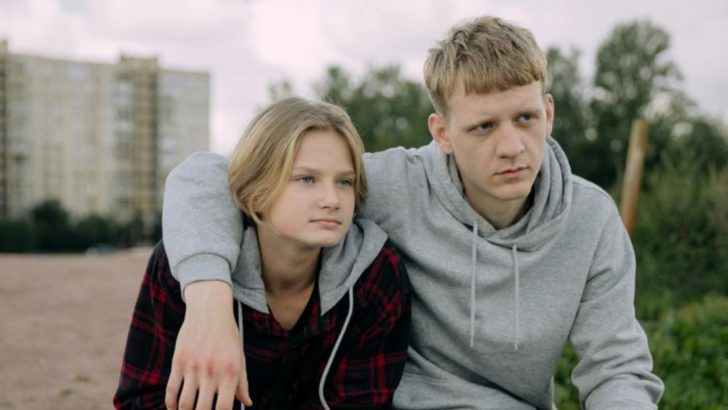Growing up with siblings creates bonds that last a lifetime, shaping who we become in countless ways. From best friends to fierce rivals, sibling relationships come in all shapes and sizes.
The way we interact with our brothers and sisters often reveals patterns that stick with us well into adulthood, influencing how we handle other relationships too.
1. The Inseparable Allies
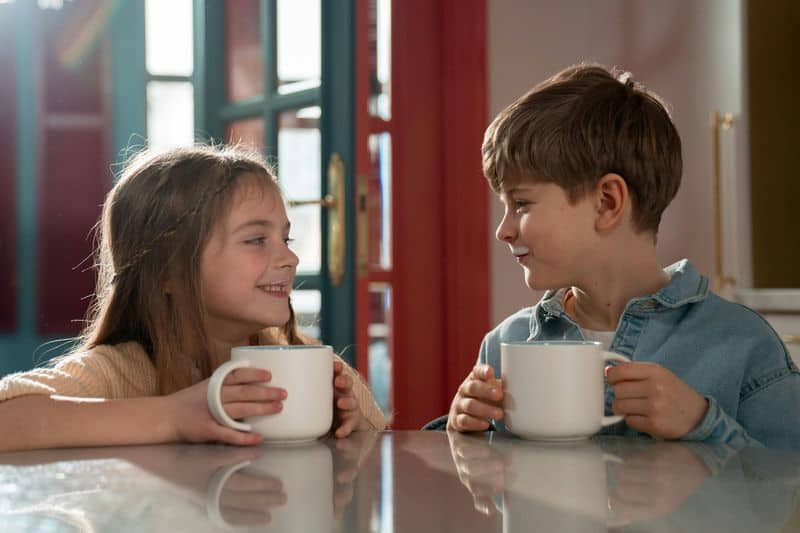
These siblings function almost as a single unit, sharing friends, hobbies, and sometimes even finishing each other’s sentences. Their bond goes beyond typical sibling closeness – they’re genuine best friends who choose to spend time together even when they don’t have to.
Parents often find them huddled together, whispering secrets or creating elaborate games that only they understand. They defend each other fiercely against outsiders and typically maintain their close relationship into adulthood.
While they occasionally squabble like all siblings, their arguments blow over quickly, and they rarely hold grudges. Their shared history creates an unshakable foundation of trust and understanding that outsiders find hard to penetrate.
2. The Competitive Rivals
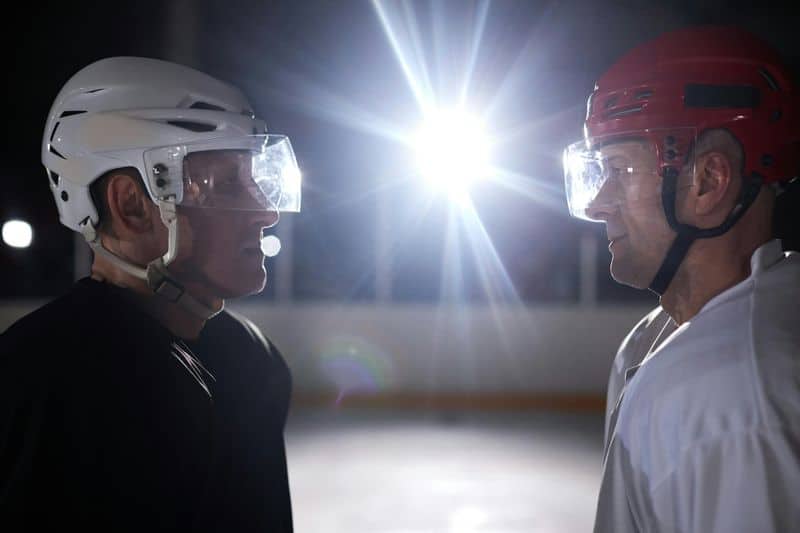
Everything becomes a contest between these siblings – from grades and sports to who gets more attention at family gatherings. They constantly measure themselves against each other, creating an atmosphere of perpetual competition that can be either motivating or exhausting.
Parents often find themselves playing referee, trying to balance praise and attention. Despite the rivalry, these siblings often push each other to excel in ways they might not have otherwise.
The competitive dynamic can evolve in adulthood – either intensifying into genuine resentment or maturing into respectful admiration. At their best, competitive siblings become each other’s most honest critics and most enthusiastic cheerleaders, celebrating victories they helped inspire.
3. The Protector and the Protected
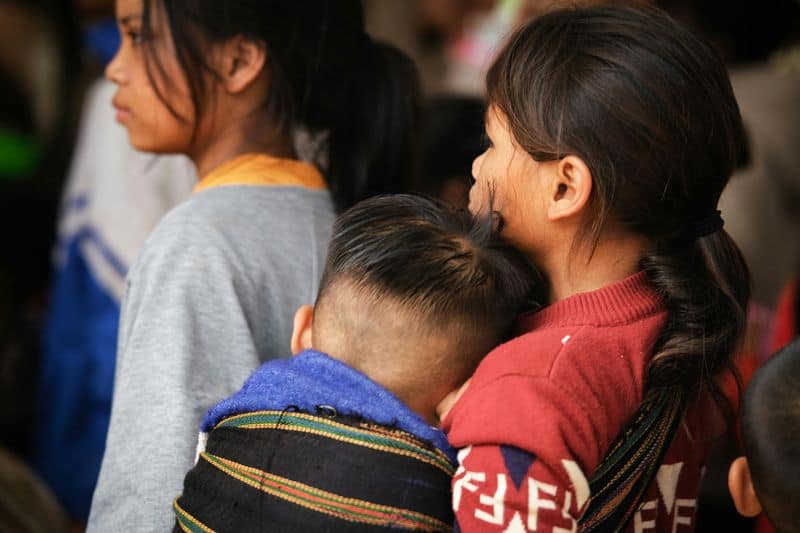
One sibling naturally assumes the role of guardian, watching over their brother or sister with fierce dedication. This dynamic often emerges with significant age gaps or when one sibling faces particular challenges.
The protector feels responsible for their sibling’s wellbeing, stepping in during conflicts and offering guidance through life’s obstacles. Meanwhile, the protected sibling might alternate between appreciating the safety net and pushing against it to establish independence.
Though this arrangement can occasionally create tension, it typically forms a powerful bond of trust. The dynamic may shift over time, especially when the younger sibling matures, but the protective instinct rarely disappears completely – it simply evolves into a more balanced form of mutual support.
4. The Distant Orbits

Like planets in separate orbits, these siblings coexist peacefully but rarely intersect in meaningful ways. They might share DNA and childhood memories, but their personalities, interests, and life paths diverged early, creating parallel lives rather than intertwined ones.
Family gatherings bring them together physically, but emotionally they maintain a polite distance. There’s no animosity – just a mutual recognition that they’re fundamentally different people who happen to be related.
Communications tend to be cordial but infrequent, often prompted by birthdays or holidays. While this dynamic lacks the intensity of closer sibling relationships, it can offer something valuable: the freedom to develop independently without comparison or competition, allowing each to find their own unique path.
5. The Emotional Rollercoaster

Passionate arguments one minute, fierce loyalty the next – these siblings experience the full spectrum of emotions together. Their relationship burns hot in both directions, with intense conflicts followed by equally intense reconciliations.
They can go from screaming matches to heartfelt conversations within hours. Neither holds back their feelings, creating a dynamic that’s exhausting but also deeply authentic – they always know where they stand with each other.
While outsiders might mistake their heated exchanges for genuine hatred, these siblings actually share a profound connection. Their willingness to engage emotionally, even during conflicts, reflects an underlying truth: they care deeply enough to be affected by each other, creating a relationship that’s challenging but never boring.
6. The Parentified Pair

When parents are absent or struggling, older siblings often step into caretaking roles. These relationships blur traditional sibling boundaries, with one taking responsibility for the other’s physical and emotional needs.
The caretaking sibling may prepare meals, help with homework, or provide comfort during difficult times. This dynamic creates a unique bond – deeper than typical sibling relationships but complicated by the uneven distribution of responsibility.
As adults, these siblings must often renegotiate their relationship. The parentified sibling may struggle to stop parenting, while the younger one might need to establish independence. At its healthiest, this dynamic eventually evolves into a balanced adult relationship where both recognize and appreciate the unusual circumstances that shaped their extraordinary bond.
7. The Polar Opposites
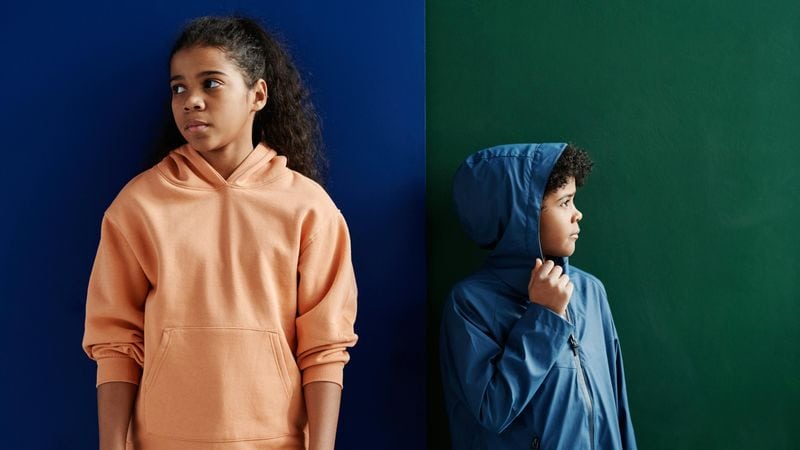
Despite sharing genetics and upbringing, these siblings developed into completely different people. One might be outgoing while the other’s introverted; one creative, the other analytical; one conventional, the other rebellious.
Their differences often created tension during childhood, with each finding the other’s perspective baffling or frustrating. Parents frequently wondered how the same family produced such different offspring.
Surprisingly, many opposite siblings develop deep appreciation for each other in adulthood. They recognize how their differences provide valuable alternative perspectives, and they often turn to each other precisely because they know they’ll get a viewpoint entirely unlike their own. When they manage to bridge their differences, these siblings can form powerfully complementary partnerships.
8. The Childhood Comrades, Adult Strangers
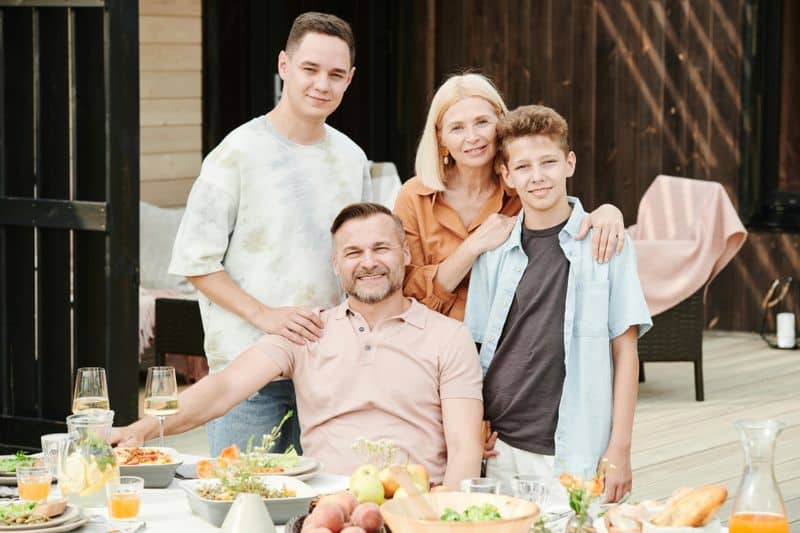
These siblings shared everything growing up – toys, secrets, and adventures – but drifted apart in adulthood. Geographic distance, life choices, or family conflicts gradually transformed their once-close relationship into something distant and formal.
Family gatherings become exercises in polite small talk, with both avoiding deeper conversations that might reveal how far they’ve drifted. They struggle to connect beyond reminiscing about childhood memories, finding little common ground in their current lives.
This dynamic often carries a bittersweet quality – both siblings recognize what they’ve lost but feel unable to bridge the gap. Occasionally, major life events like marriages, births, or family crises provide opportunities to reconnect, but rebuilding requires both siblings to acknowledge how they’ve changed while finding ways to know each other anew.
9. The Peaceful Supporters

Neither extremely close nor distant, these siblings maintain a steady, drama-free relationship built on mutual respect. They don’t feel compelled to talk daily or share every detail, but they consistently show up when it matters.
Their interactions are characterized by reliability rather than intensity. They check in regularly, remember important events, and offer practical help during challenging times – all without the emotional complications that sometimes characterize closer sibling relationships.
This dynamic creates a special kind of security – each knows the other is available when needed, without demands or judgment. Like comfortable old friends, these siblings enjoy a relationship that doesn’t require constant maintenance but remains solid through decades of life changes, providing stability rather than excitement.
10. The Reconciled Relationship

After years of conflict or estrangement, these siblings found their way back to each other. Their relationship carries the scars of past hurts but also the strength that comes from choosing reconciliation over continued separation.
The journey typically involves difficult conversations, sincere apologies, and the courage to be vulnerable again after trust was broken. Both siblings had to decide the relationship was worth saving, despite having valid reasons to walk away.
What emerges isn’t the innocent closeness of childhood but something more nuanced – a relationship that acknowledges imperfections while committing to a better future. These siblings often develop exceptional communication skills and boundaries, creating a hard-won connection that’s especially meaningful because both understand it could have been lost forever.

